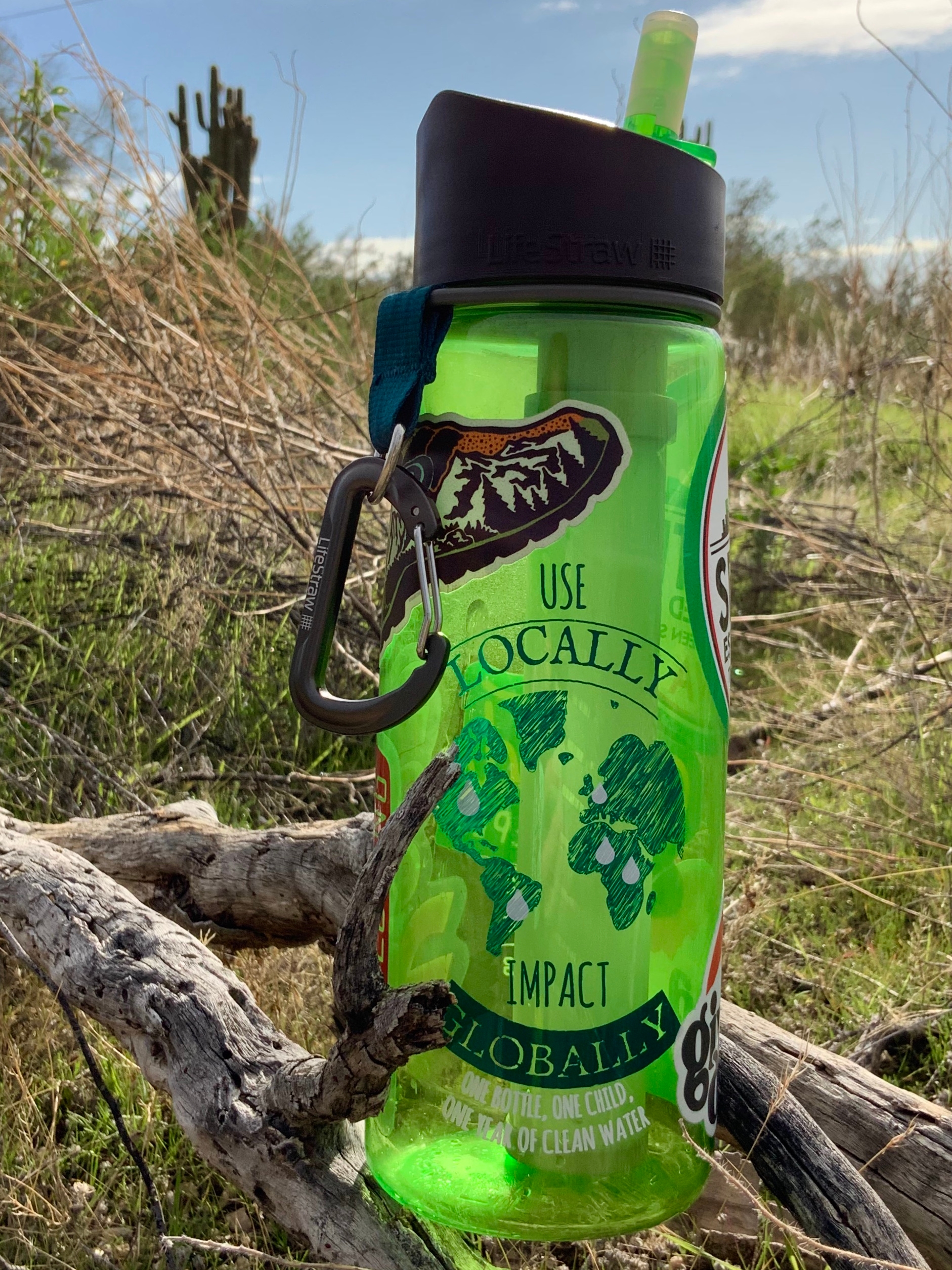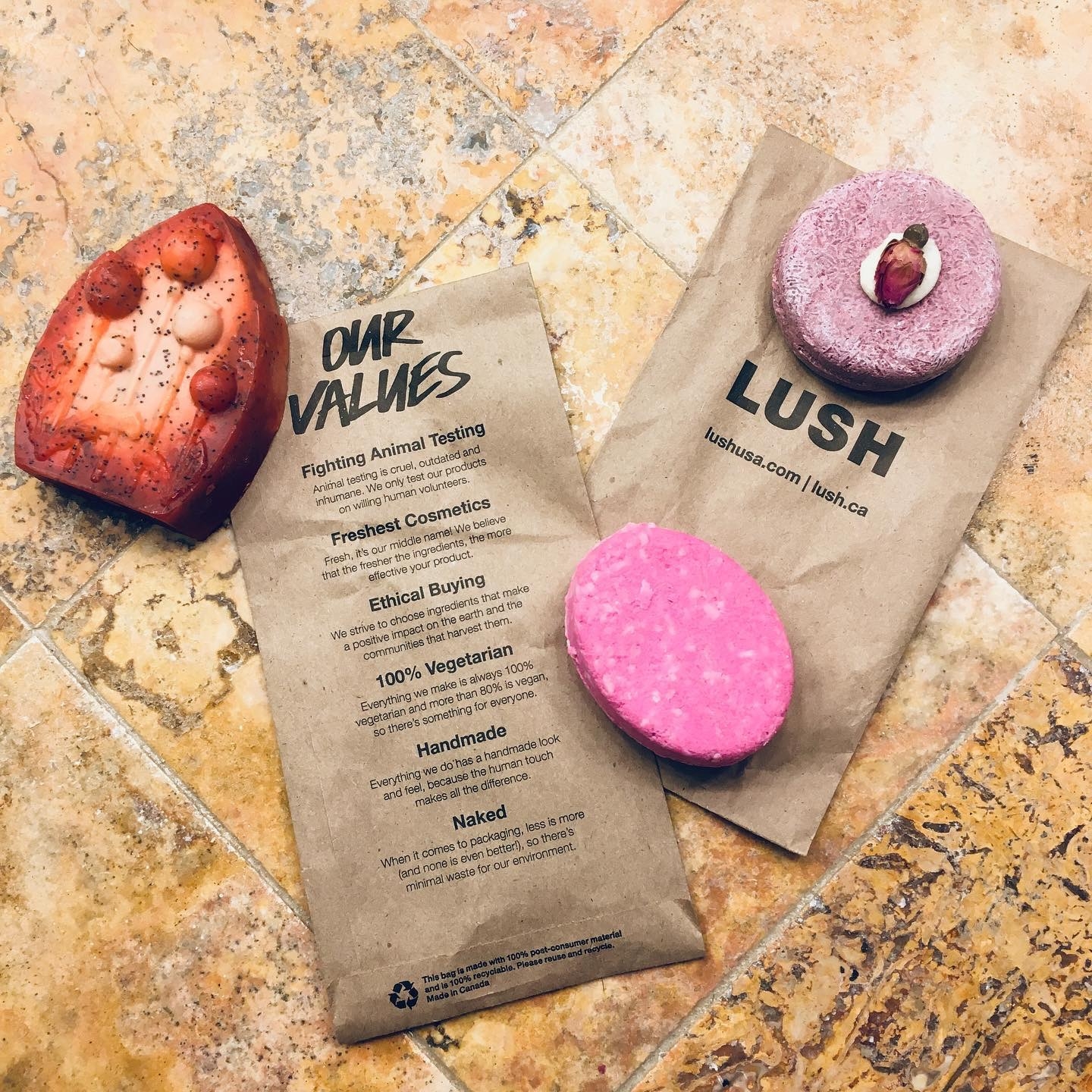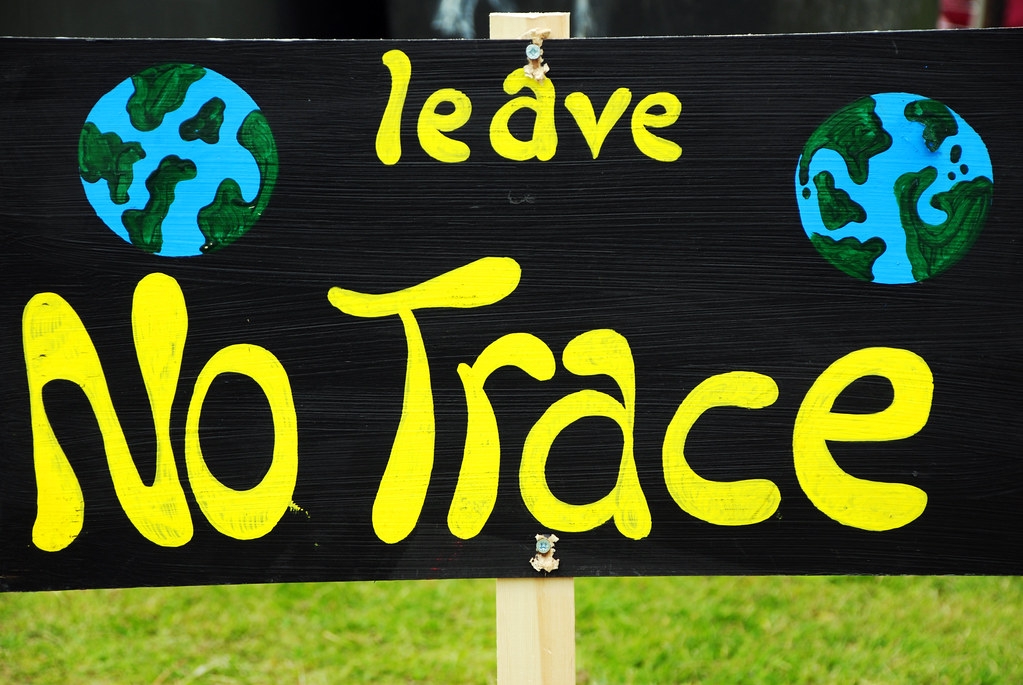Global Study, Egypt, Part 2: Traveling More Sustainably, a Beginner’s Guide
February 12, 2020

By Jessi Savioli
There is nothing I enjoy more in this world than travel. Whether it is exploring the far-reaching wild spaces in my own country or getting lost in a foreign culture on another continent, I feel positively alive. But how do we, as sustainability professionals, do this in a way that doesn’t effectively “cancel out” all of our efforts and hard work? How can we travel in a way that is as ethical and responsible as possible for the areas we visit? And how can we consider ourselves to be “global citizens” when travel can cause so much damage? As technology and information continue to grow and improve, the world shrinks and becomes more accessible. People are traveling more and more, and experiencing more than ever before. But is this always a good thing?
Last November, I spent nearly two weeks in Egypt as part of my studies in the Executive Master of Natural Resources (XMNR) program at the Virginia Tech Center for Leadership in Global Sustainability (CLiGS). The negative effects of travel and tourism were painfully obvious from the moment we landed. But they are not new problems, nor are they specific to Egypt. Poor air quality, water issues, waste, and abuse of historical landmarks and natural areas are problems I have seen all around the world and right here in the U.S. From the trails and waterfalls of the Supai Reservation, to Machu Picchu, the temples of Eastern Java, or the beaches of Zanzibar, the exponential increase of tourist traffic (no doubt largely due to social media exposure) to these places has had both positive and negative impacts on the land, the sites, and the lives of the people.
What’s a conscientious traveler to do? If you are anything like me, you might be looking constantly for ways to reduce your impact on the environment and the areas you visit while still maintaining your life of exploration and global citizenship. When you start to think about sustainably responsible and ethical travel and tourism, it is important to consider your impact on the environment, people, culture, and economy of your destination.
I will just touch on a few simple ways you can start to make that transition to a more sustainably responsible travel lifestyle. I will save the deeper dives into economy and sustainable tourism for another time.
These are my top five simple changes anyone can make to their wanderlust lifestyle. Let’s consider this “a beginner’s guide.”
1. Choosing an airline: More and more airlines are taking steps to reduce their footprint. I have been a loyal United flyer since about 2002, and I was ecstatic when I finally noticed the flight attendants collecting recyclables separately from the in-flight garbage. They are also now replacing plastic stir sticks with wooden ones and eliminating excess waste where they can. But choosing a sustainably conscious airline is about more than recycling and reducing waste. Emissions make up a huge piece of your travel carbon footprint, and it is definitely something to keep in mind. I am happy to see this being addressed by the airline industry, as well. The industry has a collective goal of a 50 percent reduction in airline CO2 emissions by the year 2050. There is a ton of information out there about these types of efforts, but if you want an easy way to search for green(er) flights, check out www.skyscanner.com. There, you can enter the details of your trip, and the search will indicate more sustainable airlines or flights with an “eco marker.” Buying carbon offsets to—you guessed it—“offset” the emissions from your travel is another sustainability conscious way to lessen your impact. There are many ways to do this, and there are many programs in which to invest, but you should do your research and learn about the good ones and the bad ones. This is a deeper topic to get into at a later time.

2. Travel to less touristy places. I think this one is obvious, but: the more people visit a place, the higher the impact on that location. Now, I’m not saying to never go see those wonders of the world; you absolutely should. But consider making them a stop along a longer trip where you explore less populated, harder-to-reach areas. Not only will you lessen the impact on the more popular locations, but you will likely gain a deeper, more genuine understanding of the culture and the people of that city or country. Some of my best travel experiences have been ones where I have spent little to no time in the big cities or touristy places, and where I have immersed myself in the local culture. Sometimes, I have simply picked a place on the map and said, “Let’s check that out.” Other times I have spoken with the local people, listened to what they love about their area, and taken their advice on what to see. I highly recommend flying by the seat of your pants once in a while… all while being safe and aware, of course.

3. Carry a reusable water bottle. Maybe I should have listed this one first, because I think this is the absolute easiest thing to do while still making a significant impact. Single-use plastics (and the petroleum it takes to produce them) are one of the banes of our existence. Carrying your own reusable water bottle ensures 1) that you always have a way to stay hydrated and 2) that you are not responsible for more plastic bottles in landfills. You can find these bottles virtually anywhere in reusable plastic, metal, and even glass. Many airports now even have bottle fillers where you can easily fill up after passing through security or while on a layover. One of my favorites is my LifeStraw Go bottle. It has a microbiological filter that lasts for up to five years and filters out bacteria, parasites and microplastics, chlorine and organic chemical matter such as pesticides and herbicides, and improves water taste. This protection is crucial if you plan on traveling in areas with poor or unknown water quality and waterborne diseases. You are set even if you have to suck water out of a fetid puddle on a trail (I wouldn’t recommend this, but you can do it). And what’s even better: buying a bottle from LifeStraw provides one year of clean water for one child.
4. Ditch the travel size plastics. I started experimenting with shampoo and conditioner bars close to a year and a half ago. I have wanted to get away from toiletry plastics for years, but never seemed to take the steps. This can be a little tricky depending on your skin type, sensitivities, etc., but there are a lot of companies out there now who make quality products. Currently, I am using shampoo, conditioner, and soap bars made by Lush and a body lotion bar made by Ethique. I travel with them in convenient little tins. This is the second batch of Lush bars that I have tried, and I am pretty pleased. They last a long time, are cruelty-free, vegetarian, ethical, equate to about a full-sized bottle and a half of shampoo, and are gentle on my skin. I am still making adjustments and trying to find good ways to replace the plastic that comes with facial products and cleaning supplies for my house, but I’ll get there.

5. Just say “NO” to geotagging. Ok, let’s talk about geotags. This is when someone adds a specific location name to photos and posts on social media. About a year and a half ago the Leave No Trace organization started urging people to not tag locations while out hiking and camping, or to only use a generic tag, due to an influx of people and abuse to natural areas. And recently, signs in parts of South Africa have been discouraging people from geotagging, especially in areas frequented by animals like rhinos, due to an increase in poaching threats. Many critics of geotagging feel that some areas are being “ruined” by Instagrammers, as the attention they draw leads to heavy trail traffic, damage, and erosion. Others simply want people to have a genuine connection with nature rather than just using it as an aesthetically pleasing backdrop for an Instagram picture. As someone who fell in love with remote areas of the outdoors at a very early age, I long for the days when my favorite places were unknown, and I could hike and camp for days and never see a single soul... But perhaps I am just being selfish and do not want to share. Regardless, we have seen the negative impacts of geotagging, and we can be more conscientious going forward.

I hope this “beginner’s guide” helps all of you along your path to travel more sustainably and responsibly. There are many ways to lessen our travel impact on the world around us and to shrink our footprint... you just have to look, learn, and be willing to try. Every little bit counts. Happy trails!

Jessi Savioli is a graduate of the XMNR19 cohort. She currently works as a Regional Compliance Analyst in Scottsdale, Arizona, and serves as the City of Glendale Liaison for the Arizona Sustainability Alliance.


